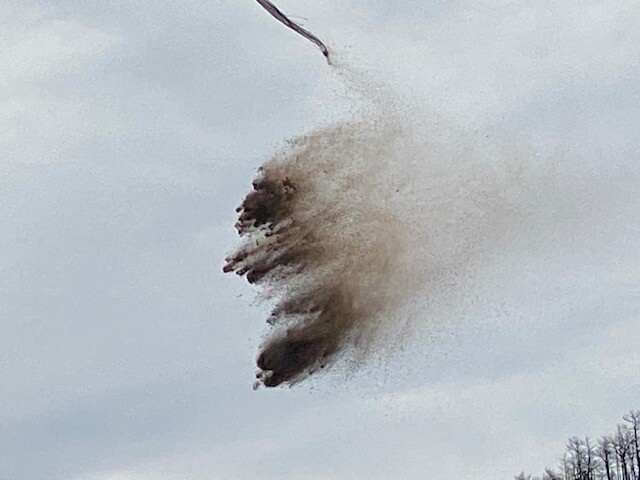BOULDER, Colo. -- The senior plant ecologist at Boulder County Parks & Open Space said the Calwood Fire was so intense we may not see a return of the ponderosa pine.
Dave Hirt said there is a combination of factors raising concern about regeneration.
"What we're seeing, especially in these lower elevation ranges of Colorado, is it's getting a little hotter, a little dryer, a little more unpredictable for summer rain, and these massive fires that aren't leaving any trees behind. We don't have that seed source, so we're not going to get that natural regeneration that we'd have if we had some pockets of trees left."

"These forests typically burned every 10 to 15 years, historically, and now for the last 100-plus years, we've been suppressing those fires," Hirt said. "So we have very dense forests, and when fire does come through, it consumes all those trees."
The plant ecologist said that Heil Valley Ranch Open Space Park, where the Calwood Fire burned, is going to be a different experience for park users and others too, when they see this look more like grassland or shrublands.
"It's going to be a changed landscape for quite sometime," he said.
Mitigation
Contractors are removing some of the trees burned in the Calwood Fire to make trails safer for hikers.

The trees are being ground up and turned into mulch, which is then dropped on the burn-scarred mountainsides to protect the soil from erosion, and to lessen the danger of mudslides and debris flows.

Hirt said a heavy rain event on May 30 led to some flooding and sediment build up in nearby streams.
"It turned those waters pretty black with ash," he said.
Federal, state and local agencies are spending about $6.5 million to help mitigate flood and erosion danger.
"We're flying out about five to six tons of mulch per acre," Hirt said. "We're doing about 1,800 acres. So, you can do the math."

Hirt said the burned trees weigh upward of a ton each because they still contain a lot of moisture.
"They're still quite wet, even though they've been dead since October," he said. "It's surprising how wet they are."
He said the fire was so hot it may have sealed the trunks.
"The moisture that's in there hasn't evaporated," he said. "There are no needles to transpire."
Hirt said the mulch will reduce the impact of raindrops on the weakened soil.
"If you can think of a water drop running down a bare slope, and how quickly that gets to the creek — if we put all this mulch up there, that path for the raindrop is much more interrupted, and slower, which reduces that flooding event peak flow," he said.
He added that the mulch will help protect downstream water utilities, like Lefthand Canyon and the City of Longmont, that have water intakes along the St. Vrain.
"If we can keep that soil up there, it mitigates the water quality, and it also speeds up the recovery of the fire area itself," the ecologist said.
Aerial Safety
The contractor's safety officer, Greg Strutton, said the work area can get hectic with one chopper flying trees to the grinder, and another chopper flying the mulch to the mountainside.
"Yesterday, we had a paraglider come down in the work zone and things had to cease while we took care of that," he said. "There's a lot of moving parts to keep track of."


